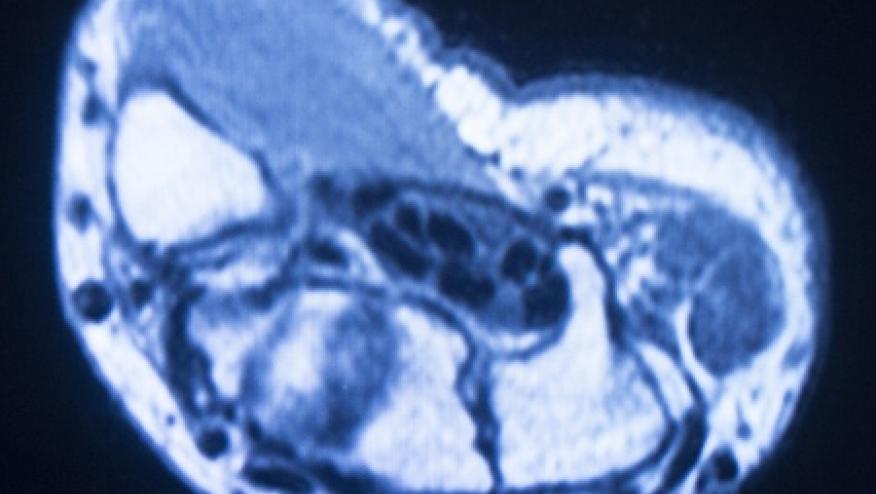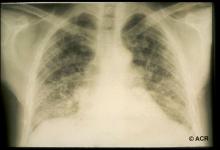Gadolinium Accumulation with Repeated MRI Save

Clinical Rheumatology reports that the repeated intravenous administration of gadolinium-based contrast agents (GBCAs), although clinically useful, may be associated with rare toxicity and the uncertain clinical effects of accumulation.
Magnetic resonance imaging (MRI) has proven utility in the diagnosis of numerous musculoskeletal conditions. The use of contrast agents, such as gadolinum may further the interpretations of diagnostic imaging. GBCAs includes a gadolinium ion (Gd3+) bound to a chelating agent, as a metal ion-ligand complexes with paramagnetic properties.
GBCAs are not only useful in the detection and diagnosis of central nervous system diseases, but also the evaluation of chronic and acute inflammatory conditions.
Renal Effects. Nephrogenic systemic fibrosis (NSF) is a potential non-allergic adverse effect of GBCAs administration,especially seen in patients with renal impairment. NSF may be associated with skin thickening, tethering and hyperpigmentation; flexion contractures and extracutaneous fibrosis. GBCAs, including gadopentetate, gadodiamide, gadoversetamide, are contraindicated in patients with estimated GFR <30 mL/min/1.73-m2. These high-risk GBCAs (ie, gadodiamide) should be avoided in patients with renal disease. Use of these guidelines has dramatically decreased the risk of NSF in the last decade. (http://buff.ly/2mLMBLm)
Gd3+ Accumulation. Accumulation is more likely in those with repeated GBCA use, especially in the presence of renal impairment, but can be seen with normal renal function. While accumulation has been seen in ex vivo analyses, Gd3+ accumulation in the bone has not been reported in vivo. Yet, Gd3+accumulation has been reported in the brain. Studies suggest that this finding may be evident after five injections of the recommended dose of 0.1 mmol/kg. Accumulation (by signal intensity increase) has been seen in the cerebellar dentate nucleus, globus pallidus and other brain structures, in MRIs done in patients with neurologic indications. Whether this relates to alterations in the blood-brain barrier, and whether this would be seen with repeated MSK imaging is unknown. Nevertheless, there have been no reported clinical consequences to such findings.
Currently it is unclear if there truly is a new pathologic entity defined as “gadolinium deposition disease”, which may share clinical features with NSF but also present with other, non-typical symptoms.







If you are a health practitioner, you may Login/Register to comment.
Due to the nature of these comment forums, only health practitioners are allowed to comment at this time.